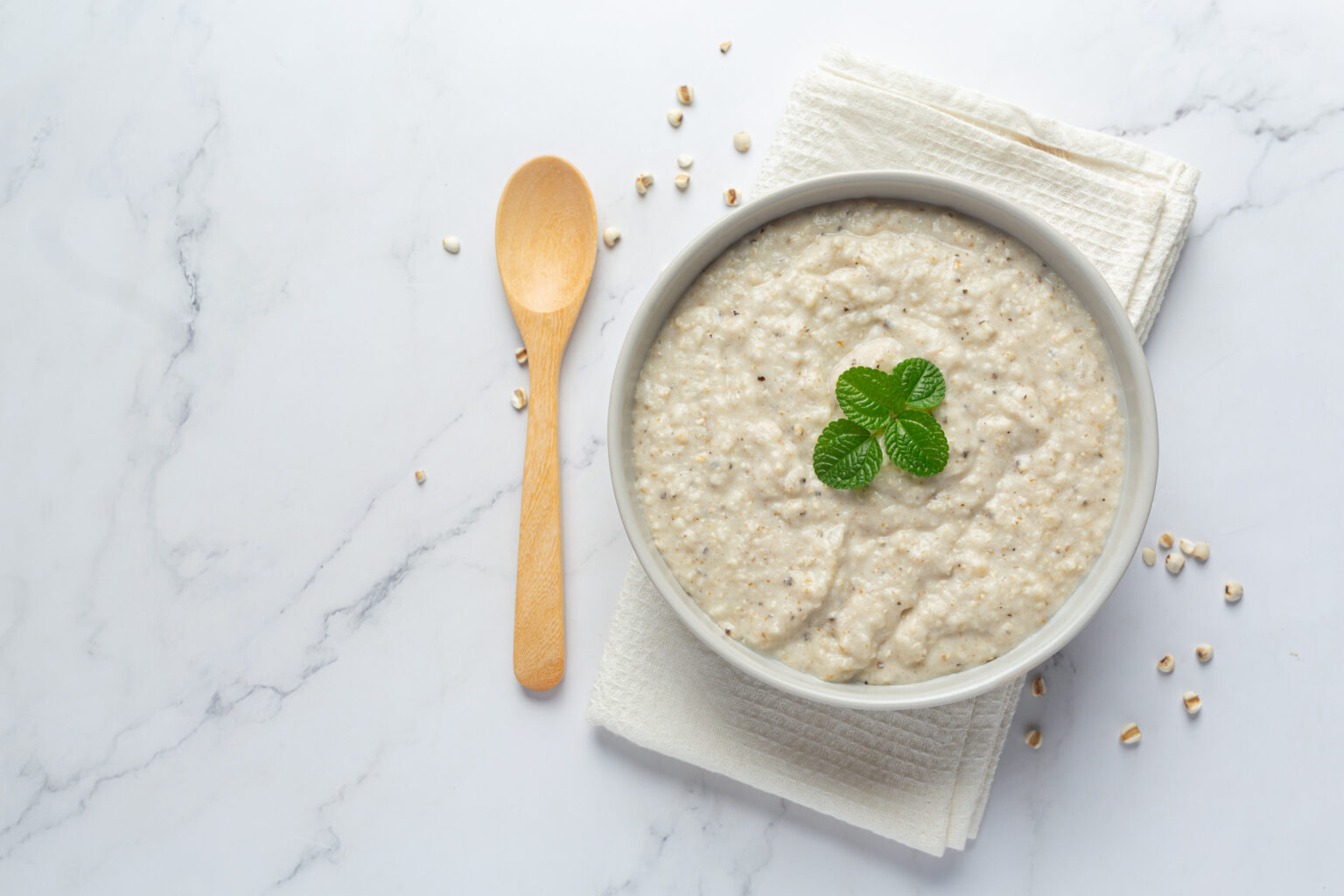South African cuisine boasts a rich tapestry of flavours and traditional dishes, with porridge playing a prominent role in the country’s culinary heritage. Porridge, known as “pap” or “phutu” in local languages, has been a staple in South African households for centuries. Traditionally made with maize meal, porridge is often enjoyed as a comforting breakfast or as a side dish with savoury stews. However, with a growing emphasis on health and wellness, there is a need to adapt these beloved recipes to align with a more nutritious and balanced lifestyle. In this article, we will explore some traditional South African porridge recipes and provide healthy alternatives that retain the essence and flavour of the originals.
- Mealie Meal Porridge:
Mealie meal porridge, also known as “stywe pap,” is a thick and creamy dish made from finely ground maize meal. While delicious, the traditional version can be high in carbohydrates and lack essential nutrients. To make this recipe healthier, consider using whole-grain maize meal instead of the refined variety. Whole grains retain more fibre and offer a host of beneficial nutrients. Additionally, reduce the amount of salt and sugar added, opting for natural sweeteners like honey or fresh fruit for flavour. Incorporating low-fat milk or plant-based milk alternatives can further enhance the nutritional profile of the dish.
- Sorghum Porridge:
Sorghum porridge, or “amabele,” is a nutritious and gluten-free option originating from Southern Africa. This traditional porridge is typically made by fermenting sorghum grains before grinding them into a fine flour. To improve the healthfulness of sorghum porridge, consider incorporating a combination of sorghum flour and other nutrient-rich flours like almond or coconut flour. This blend will provide a broader range of vitamins and minerals. To add natural sweetness, include dried fruits such as raisins or dates, which also contribute to the overall fibre content.
- Tswana Porridge:
Tswana porridge, commonly referred to as “bole,” is a traditional dish made from sorghum or millet. This porridge is known for its smooth texture and distinct flavour. To make it healthier, experiment with using less sugar or alternative sweeteners while relying on the natural sweetness of fruits. Additionally, incorporating ground flaxseed or chia seeds into the recipe can boost the omega-3 fatty acid content, providing additional heart-healthy benefits. Combining Tswana porridge with fresh seasonal fruits like berries or sliced bananas adds vibrant flavours and extra nutrients.
- Pumpkin Porridge:
Pumpkin porridge, known as “pudding” or “phutjane,” is a delightful, sweet dish made from mashed pumpkin, maize meal, and milk. While it already contains nutrient-rich pumpkin, this recipe can be further enhanced by opting for a smaller amount of maize meal and substituting it with whole-grain flour or oatmeal. This swap increases the fibre content while providing a smoother texture. To further elevate the nutritional value, consider adding a sprinkle of cinnamon or nutmeg, which not only enhance the flavour but also contribute antioxidants and other health benefits.
Traditional South African porridge recipes hold a special place in the hearts and palates of the nation. However, as people become more health-conscious, it is essential to adapt these dishes to align with modern dietary preferences. By making simple modifications, such as incorporating whole grains, reducing salt and sugar, and adding nutrient-rich ingredients, South African porridge recipes can be transformed into healthier versions without sacrificing their unique flavours. Embracing these adaptations allows for the continuation of cherished traditions while supporting a more balanced and nourishing lifestyle. So go ahead and enjoy a bowl of revitalized South African porridge that is both delicious and wholesome.








